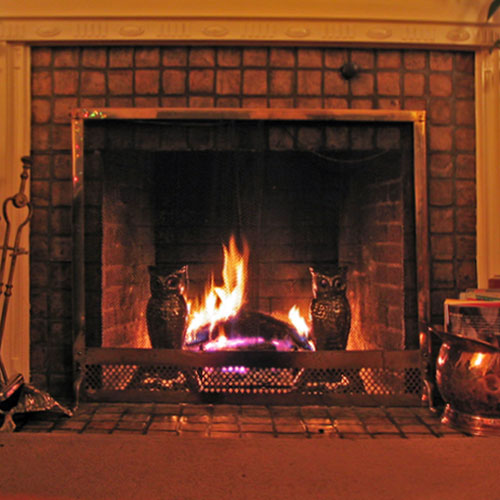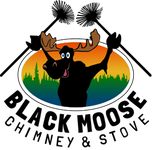When a fire is burning in your fireplace your chimney works to vent harmful gases and vapors out of the home. Your fire produces carbon monoxide (CO), tar, particulate pollution, and more. While smoke inhalation is significantly harmful, it’s the carbon monoxide that is often called the silent killer. Carbon monoxide is not just a hazard of your household fireplace. It is produced anytime fuel is burned.
The Chimney Safety Institute of America (CSIA) has expanded beyond chimney safety. The CSIA Certified Exhaust Technician® provides technical training designed to protect homeowners from fire danger as well as carbon monoxide intrusion due to dryer vent damage and clogs! Many homeowners aren’t aware that their dryer vent can poison their home and family.

Carbon Monoxide and the Body
Carbon Monoxide is dangerous because it is odorless, tasteless, and colorless. It can cause death in high concentrations, but over time even a small leak can cause organ failure and death. In fact, symptoms of CO poisoning present like a common cold, so it’s often overlooked for weeks or months before the problem is realized. By this time every one in the home can be affected.
Carbon Monoxide and Your House
Anything that burns fuel produces carbon monoxide.
- Heat appliances like furnaces, water heaters, and portable non-electric space heaters should be operated according to their manual, installed professionally, and maintained regularly according to the user guide.
- Cooking appliances like gas stoves should be professionally installed and never used as a heat source, only for cooking.
- Portable generators should never be operated inside the house.
- Equipment designed to operate outside like chains saws, weed eaters, etc should be kept outside. While doing repairs to this equipment you should remember to never start them in the house.
- Vehicles and boats should not be started inside the garage or shop without an open door to properly vent the harmful fumes produced.
Depending on the Professionals
The best way to prevent carbon monoxide intrusion from your chimney system is to keep it properly maintained. The annual chimney inspection is the best way to spot a problem with the chimney system before it allows carbon monoxide to affect your family. You should also schedule chimney sweeps as needed to avoid creosote buildup in your chimney flue. A creosote problem in your flue can quickly become an obstruction which can prevent the carbon monoxide from properly venting out of the house.
What You Can Do
If your fireplace becomes smoky regularly, you have a venting problem. If could be an obstruction, or it could be another issue with the system, but it needs to be assessed by a professional.
You should also invest in a carbon monoxide detector and check the batteries at least every six months. These detectors save lives every years, and Black Moose recommends that you purchase one before you light your first fire of the season.
For more information about carbon monoxide intrusion, see what the CSIA professionals have to say, or contact a chimney expert at 603.525.7905.


